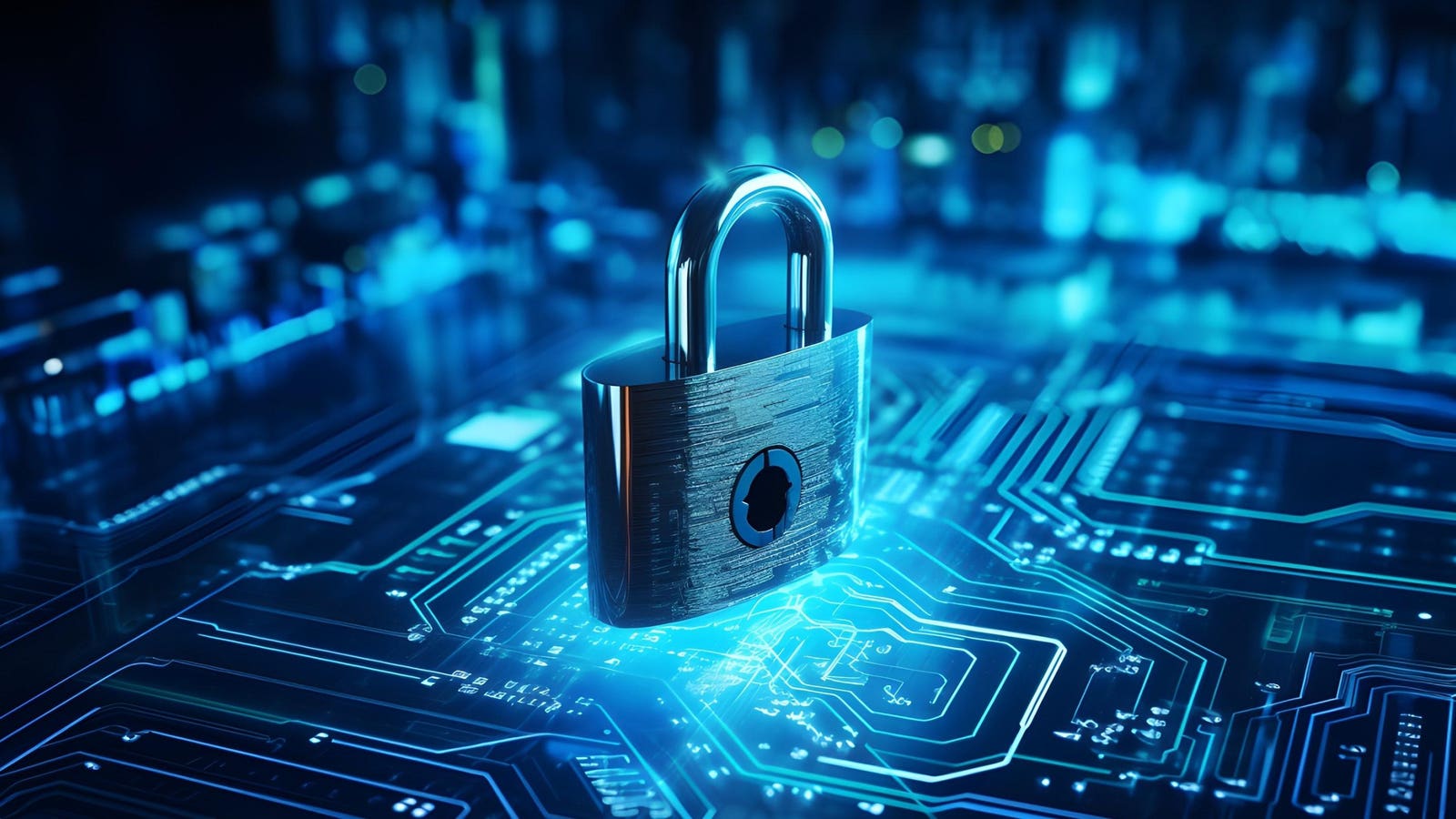Technology is evolving at a breakneck pace and in 10 years’ time the world will probably be a very different place than it is today.
My job is to look into the future and predict how technology will transform the way we live, work and play. Normally, I focus on what’s just around the corner, as that’s what my clients are preparing for today.
But sometimes, it’s interesting to look a bit further ahead. In this piece, I’ll take a look at how the way we think about and implement security and privacy might have evolved as we hit the halfway point of the next decade.
By this point, the world will be very different thanks to technologies that are emerging today, such as AI, quantum computing and biotechnology. With that in mind, here are what I believe will be the hot topics in this field as we head into the year 2035.
As technologies like gene editing and brain-computer interfacing (BCI) become commonplace, questions emerge about protecting the highly personal data contained in our DNA itself. Within ten years, we could even find ourselves needing to protect our innermost thoughts against entities seeking to hijack them for their own ends. This could be selling our genetic data for unethical research purposes. Or even reading our minds in order to work out how to manipulate and control us (or simply to sell us things). Sounds scary? Well, it’s a danger that everyone is likely to be talking about in the next decade. The new field of neurosecurity will emerge, focused on protecting data that can be gathered from brainwaves and neurological activity from unauthorized access and manipulation. Robust technological, ethical and legal frameworks will need to be developed to ensure this frightening prospect doesn’t become a reality.
By 2035, quantum computing has evolved to the point that today’s encryption measures, used to protect everything from your bank account to your private communications, may well be obsolete. Corporations and even governments will find themselves pouring huge amounts of resources into the race to develop more and more powerful forms of “quantum-safe” cryptography.
Financial transactions, highly personal healthcare data, confidential government and business information and intellectual property secrets are all potentially vulnerable. This will pose technological challenges, but also global security challenges as information held in encrypted depositories long considered safe become trivial for anyone with a powerful enough computer to access. Overcoming these challenges will require planning, investment, and the development of new frameworks for global data security cooperation.
Today, cybersecurity mainly focuses on protecting businesses and individuals from risks posed by cyber theft and fraud. In 10 years’ time, the priority of cyber defense experts is national security. In recent years, we’ve seen an increase in state-sanctioned cyber-attacks, targeting business and civil infrastructure with the aim of disrupting economies and sowing fear and uncertainty. By 2035, it’s possible that protecting populations from the impact of cyber-attacks by hostile nations or terrorist organizations is as much of a priority as defending against the threat of physical attack and invasion.
As our reliance on interconnected networks continues to grow, so too does the potential damage that can be done. Critical infrastructure and financial systems will be targeted and disrupted with rising frequency. On a societal level, increasingly sophisticated deepfake technology makes it harder to differentiate fact from fiction, accelerating the spread of propaganda and disinformation and potentially undermining democratic processes as well as trust in national institutions. We may even find ourselves facing the reality of “total cyber warfare,” where opposing factions throw everything they have at destroying their enemies’ capability to use technology, leaving populations without access to vital information and services.
As we spend more and more time inhabiting digital spaces and conducting more of our lives online, the distinction between our physical and digital identities becomes increasingly blurred. By 2035, our digital identity has become an integral part of who we are. The stakes for identity theft are higher than ever, evolving beyond simply having the potential to harm us financially to encompass the theft of our entire digital persona. This is exacerbated by the growing prevalence of deepfake and synthetic media, which will create new challenges for systems designed to authenticate our digital identities. Furthermore, questions around our fundamental right to privacy will be more critical than ever in an era when AI and biometric technologies can trivially link our online behaviors to our real-world identities.
One potential solution to the question of data sovereignty may lie in decentralized technology, where encrypted, distributed systems could give individuals some control over who can access our data or monitor our digital activity. This is likely to spark a broader debate on the delicate balance between privacy and security – an issue that’s likely to be just as hotly debated in 10 years’ time than it is today.
As the technology landscape rapidly evolves, these privacy and security trends not only shape our future but also remind us of the ongoing responsibility to balance innovation with ethical considerations, ensuring that as we step into the next decade, our world remains both connected and secure.
One Community. Many Voices. Create a free account to share your thoughts.
Our community is about connecting people through open and thoughtful conversations. We want our readers to share their views and exchange ideas and facts in a safe space.
In order to do so, please follow the posting rules in our site’s Terms of Service. We’ve summarized some of those key rules below. Simply put, keep it civil.
User accounts will be blocked if we notice or believe that users are engaged in:
Thanks for reading our community guidelines. Please read the full list of posting rules found in our site’s Terms of Service.
